What can we do for Bees on World Bee Day?
Hi all, Today is World Bee Day! Year on year, bee numbers are still decreasing, and this is something that we want to draw attention to and try to help with as much as we can as a business and in our personal lives. If you're familiar with our blogs, you'll know that we write a lot about our sustainability and conservation practices. So, today i'm going to go into my Ten Top Tips for helping bee populations in your area, and upping biodiversity!
This year's World Bee Day theme, "Bee inspired by nature to nourish us all", highlights the essential roles bees and other pollinators play in food systems and ecosystems. Bees are becoming more and more threatened by habitat loss, unsustainable agricultural practices, climate change and pollution. This will lead to further jeopardy of food production, an increase in food costs, and it will exacerbate global food insecurity.
"Bee part of the Change" is the motto of World Bee Day. We also have International Day of Biological Diversity this Thursday, too! So how do we do our bit to help the planet? Our individual gardens and green spaces make up a very large area when you tot it up, so everything we do counts. With all that being said, here are my Ten Top Tips to combat biodiversity decline if you have a garden or even just a balcony!
1. Leave wild areas - neglect a few corners, let brambles grow, let ivy wander up a few trees, and also leave a few log piles, these can be decorative if you are struggling with messy corners!

You never know what visitors might show up! So far in our French garden, we have had grass snakes, several types of toads (including midwife toads that go bleep!) and frogs, stone martins, turtle doves, ducks, golden orioles, buzzards, kestrels, tawny owls, fire salamanders, wild boar, hares, badgers foxes and red squirrels, to name a few! This young grass snake took up residence on my veggie patch!

2. Plant trees and bushes. Fruit trees for delicious food for you, and flowers for the bees - try a fedge - food hedge! If you have a balcony, you can use a long planter for herbs and flowers.

3. Plant pollinator friendly plants that flower abundantly, and have open petals for easy access - comfrey in particular!! Bees love it and it makes free (albeit stinky) liquid plant food - contact me for details. My daughter, Megan, has a window box that she has planted native wildflowers in to attract bees and insects.

4. Take part in No Mow May and continue if you can, cutting paths and leaving long grass. This is great for caterpillars and poolinators etc, and it looks really pretty!

5. Don't be too clinical and tidy, leave messy areas - leaves in autumn mulch and nourish the soil, stop weeds sprouting everywhere and feed your worms - the fungal web underground is critical for healthy plants and trees

6. Add water - Make a pond - no matter how small, wildlife moves in. But remember to make sure wildlife can also escape, nobody wants a drowned hedgehog on their hands (same goes for small children) Have water butts everywhere! These are vital in drought conditions like we are already experiencing this year.

In our first year of having the French house, I made this from an old galvanised tub, and filled it with pond plants. I then added fish as it became a mosquito farm!
7. Check before mowing and strimming - if you have a pond there will be frogs and toads around, and check in messy areas for hedgehogs too. Look at this beauty I found in my veggie patch!

8. Avoid using chemicals - get diversity in your garden, birds do a great job of eating small slugs and snails, get them in amongst your favourite plants to help you out. Use companion planting to deter pests or attract them away from your prize veg!

9. Grow your own veg using no dig methods - I do this, I am now quite obsessed, and keep adding each year to what I grow, this year has been bumper due to the heat and the lack of rain has held back the slugs and snails a bit!

10. Make your own compost - this increases the microbes in your soil and feeds your plants for free, you can use old pallets, or get a compost bin cheaply through the council, or on facebook marketplace. It is so satisfying when you get that final crumbly goodness to spread on your beds.

All of these I see as the basics, that every garden needs. Humans thrive when they get their hands dirty in soil, and growing your own food is one of the most rewarding things you can do in my humble opinion. look at my happy face with my produce! It's also good for your gut biome to get soil on your hands, but best avoided if you need to hand modelling!

Last year we also added 2 beehives in France, and this has really helped with pollination. Last spring was a washout and bird numbers plummeted, and our apples didn't produce any fruit. So this year, I am hoping for a bumper harvest, as we had so much blossom it was unreal! There were bees everywhere, and they dip into the water butts for water on a regular basis, happy little bees!
And if you manage to grow some beautiful bee-friendly flowers, I'm sure you're well within your rights to cut a few to display in your home! This Dog Jug is full of flowers from my garden and makes the perfect vase for taller cut flowers.

Thank you for reading, I hope you appreciate this very solution-focused blog in response to a world-wide biological crisis. Let's keep the global re-wilding momentum going by spreading tips and ideas that we can all integrate in our own lives.
Read our Earth Day, Chelsea Flower Show, and Ceramics Supporting Conservation blogs for more info and ideas.
Hannah x


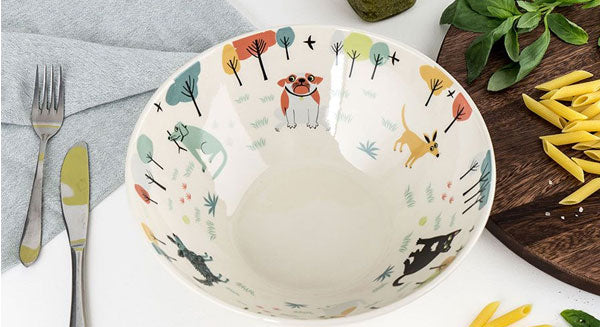
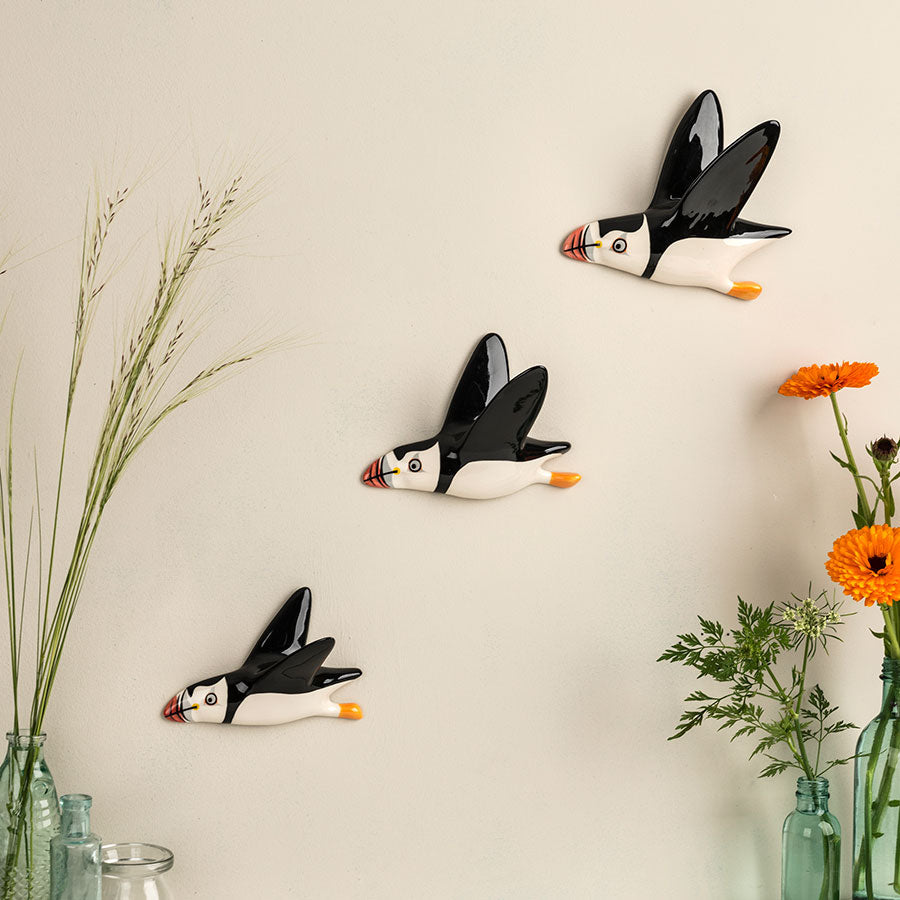

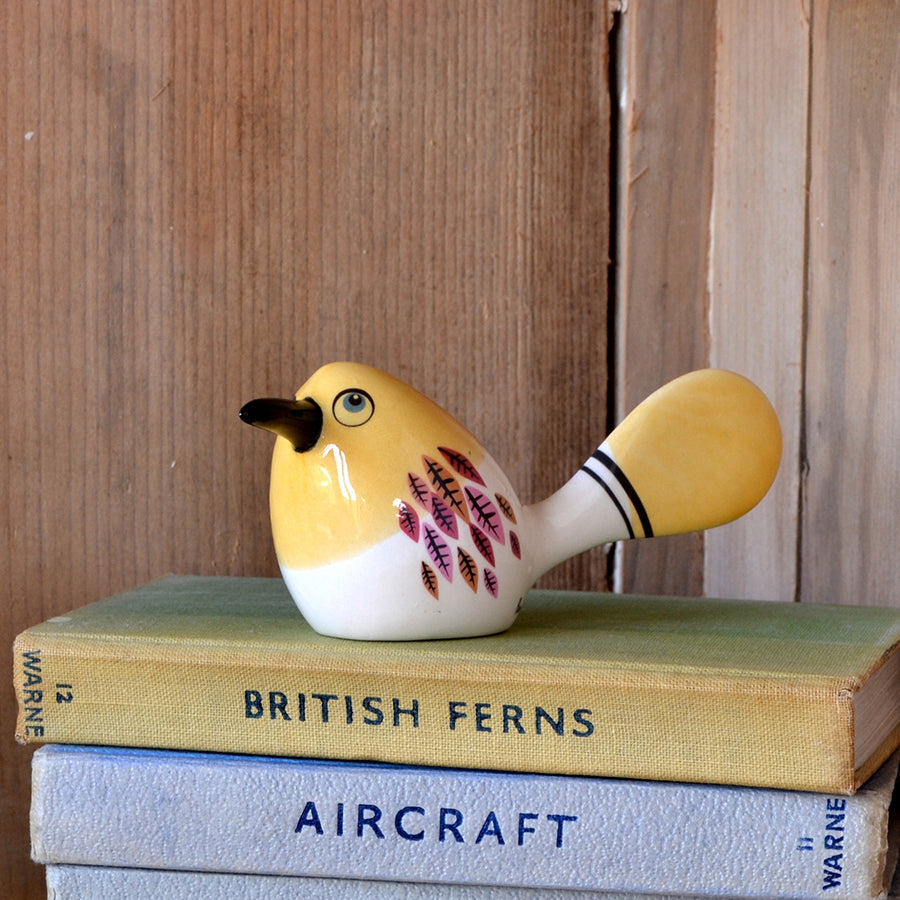
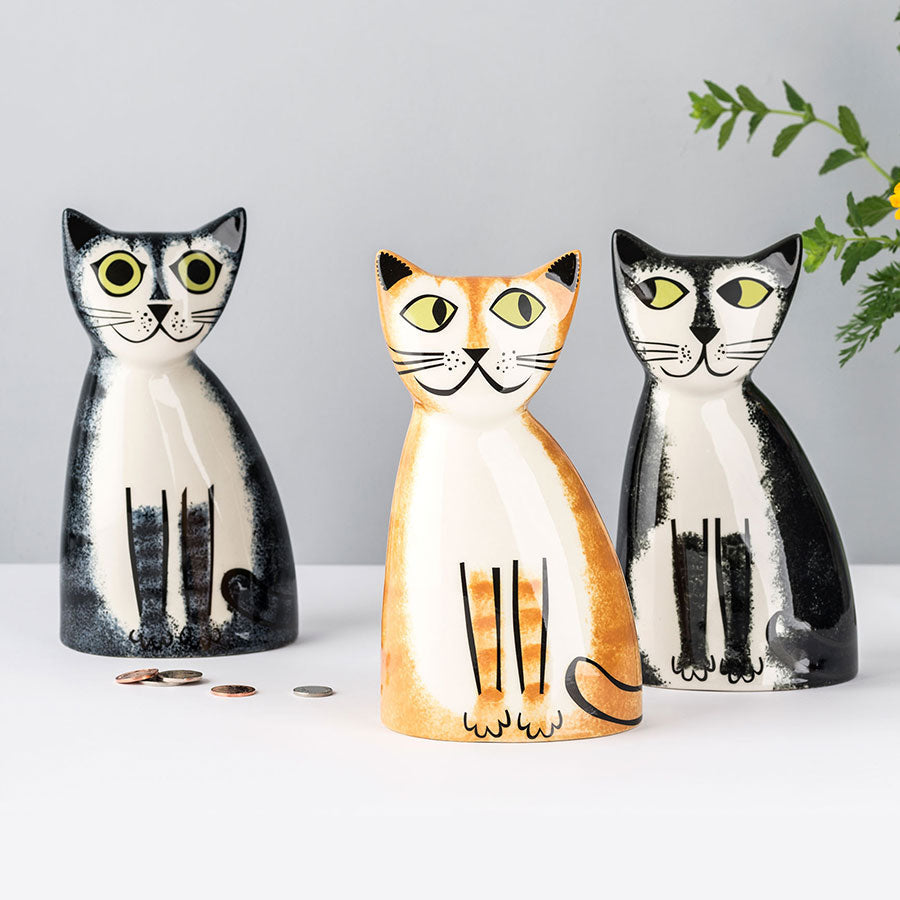
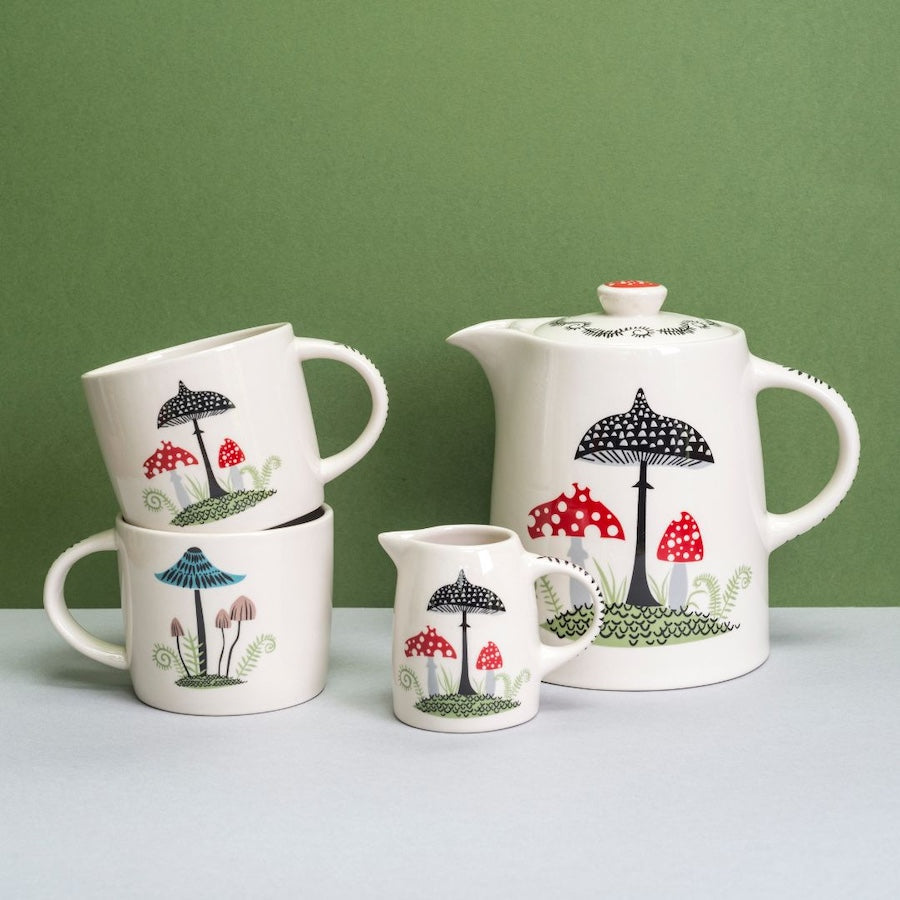
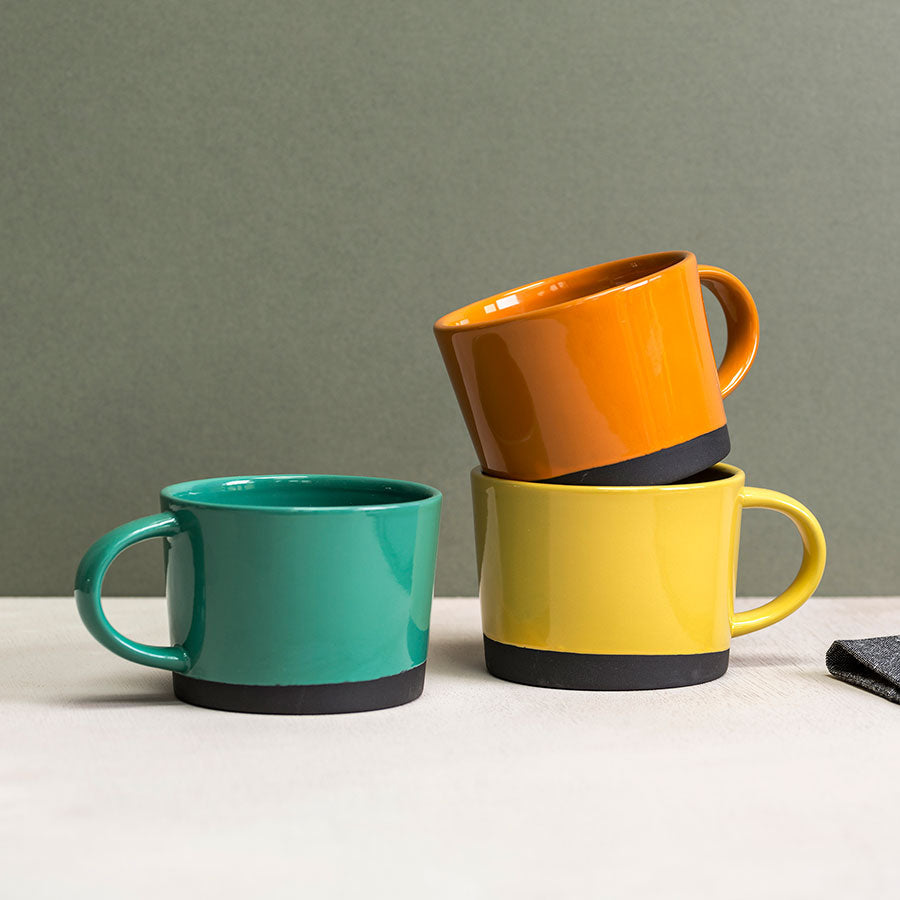
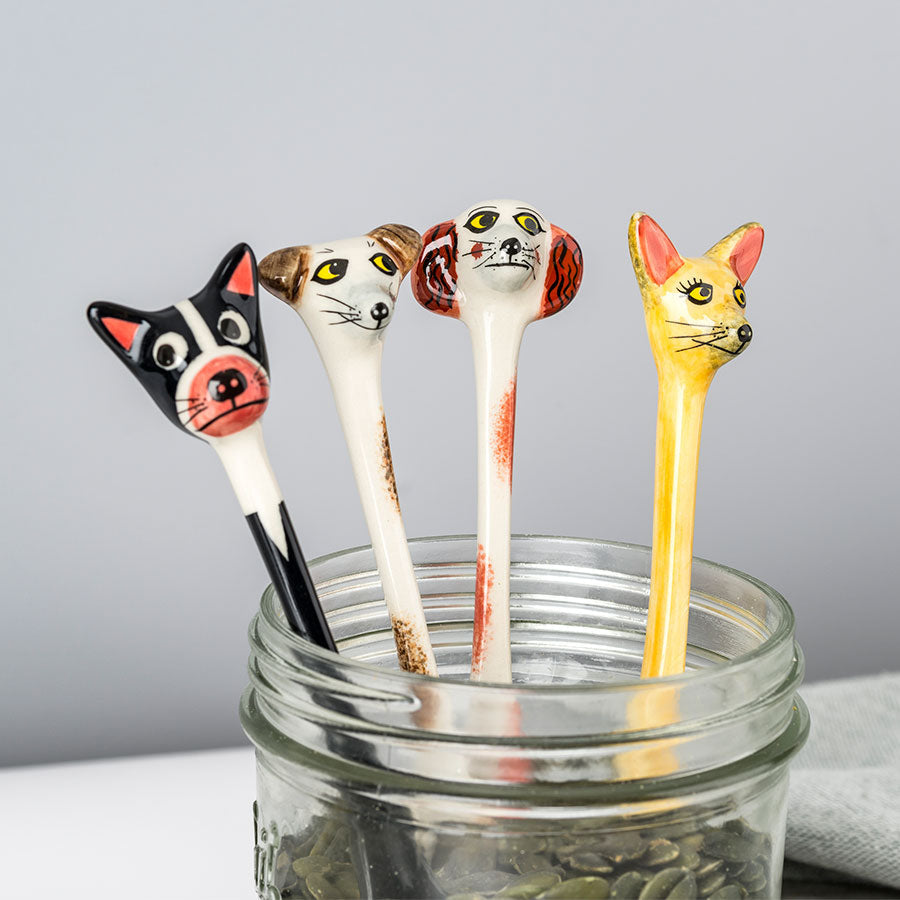



Leave a comment